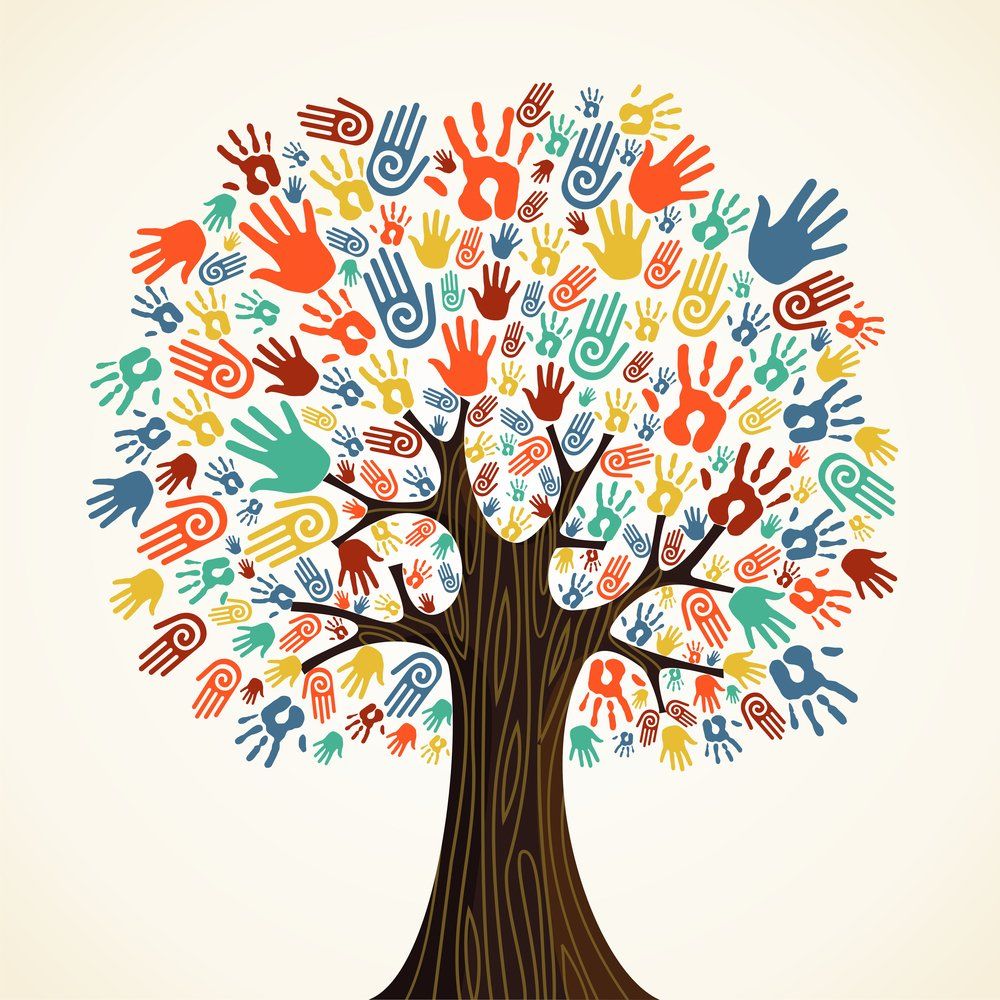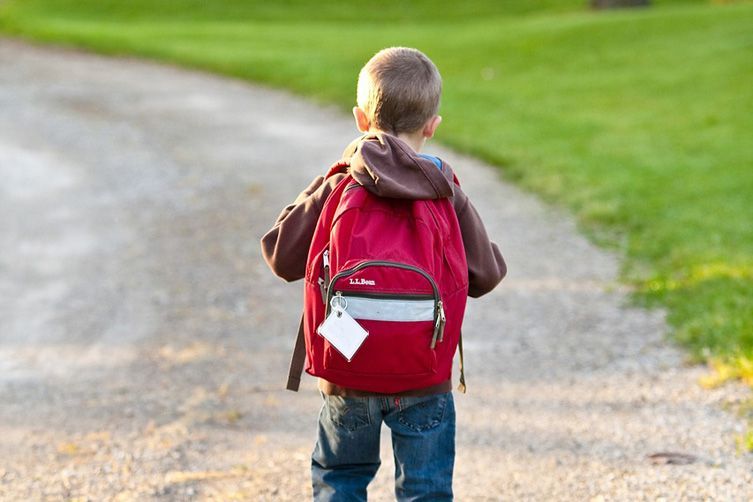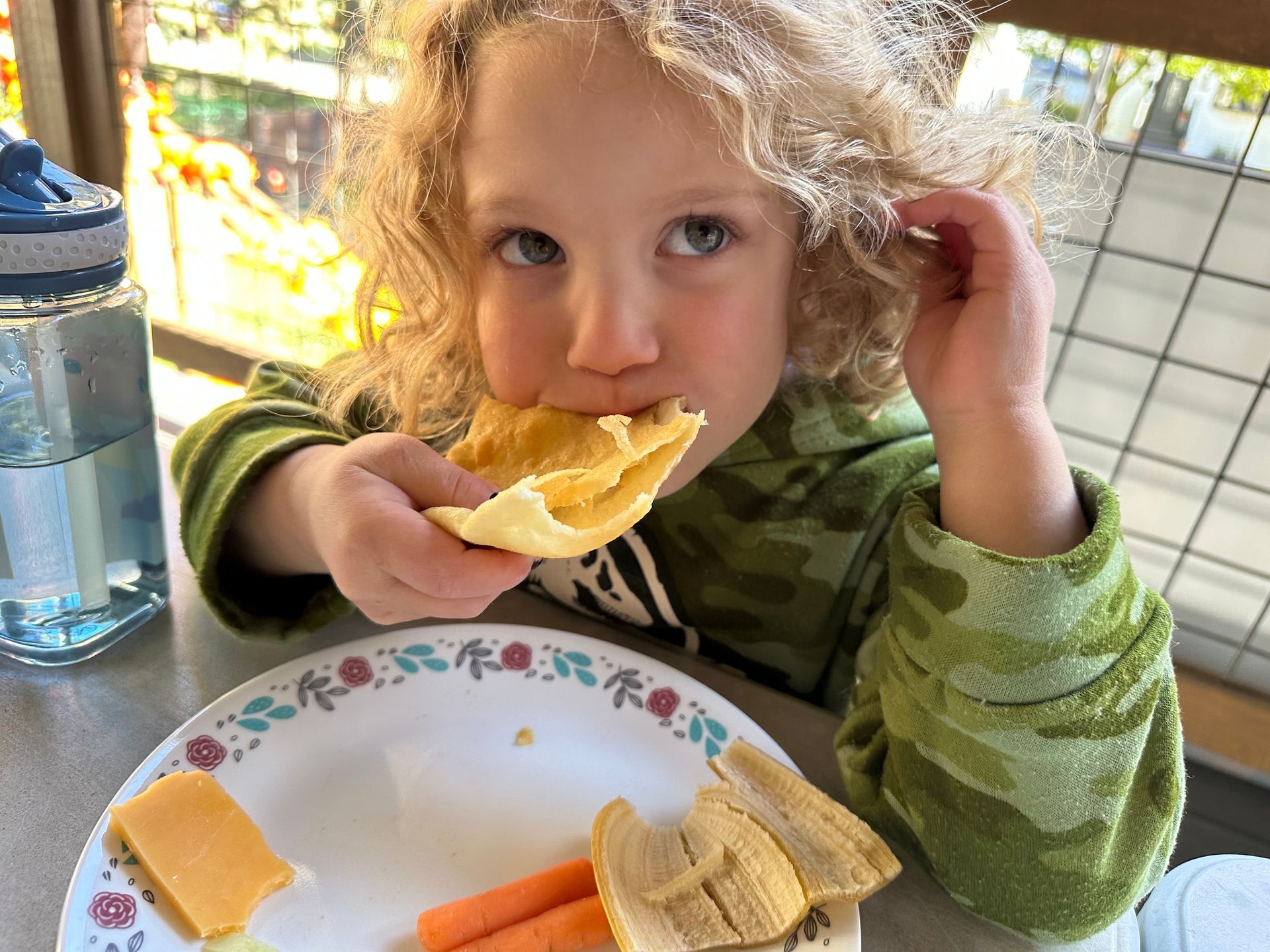Cultivating Community for Our Children
by Roxy Krawczyk, M.A. Ed.
Community can be very simply defined as a group of people who live in the same place or who share certain characteristics. But meaningful community — the kind that helps us to live healthier, happier lives — is about much more than just a collection of people. It’s about the connections between them.
It’s true that communities develop around shared commonalities like location, values, and goals. What makes them come alive, however, are the relationships that arise from those common threads. These connections are what allow us to shift from surviving to thriving.
Participating in community offers human beings a wide array of physical, psychological, and emotional benefits. Living in community gives us the unique advantage of coregulation, a process that balances our nervous systems through the people around us. This reduces our overall stress and leads to improved physical and mental health. Not surprisingly, there is a significant correlation between companionship and happiness!
Community also provides us with important physical and emotional support. When difficulties arise, we have people who can offer us help and comfort. This interdependent network creates a feeling of security and increases our resilience.
Just as importantly, our involvement in community helps us to develop a sense of personal identity. It provides us with the important feeling of belonging to something larger than ourselves. It fosters the development of our core values, which help to define us as individuals. And it provides opportunities to discover our unique strengths and passions as we share with and learn from others. Our interactions with our community help us learn about ourselves and make conscious decisions about who we want to be.
There’s no doubt about it: community is critical to our development and success. And what is one of the very first communities that we belong to?
Our school!
School communities play a critical role in our early learning: social, emotional, and academic. This is because being and feeling safe is a fundamental human need. Until we feel safe, we cannot focus on much else! From a neurological standpoint, a sense of security allows our brain to better process and retain new information. From a psychological one, feeling safe encourages us to ask questions, take risks, and self-advocate. All of these factors lead to deeper learning.
But the benefits don’t stop there. Studies have shown that students in schools with strong community are not just more likely to be academically motivated; they’re also more likely to develop social-emotional competencies, to act ethically and altruistically, and to avoid problematic behaviors like drug use or violence down the road (Schaps, 2003). Being part of a strong, healthy school community enables students to thrive in all aspects of their development.
So how do we cultivate a strong school community?
First, we establish and emphasize our common values. At A.L.M.A., our core values are compassion, respect, and equity. These values are the foundation on which we build our relationships, and they guide us toward mutual growth and success.
Next, we maintain healthy, supportive relationships among students, teachers, and parents/caregivers. We do this by engaging in open, honest, and empathetic communication. We approach issues with a problem-solving mindset. We remember that we are all on the same team working toward shared goals, and we embrace our own vulnerability in the process.
Finally, we create opportunities for connection and joy. We come together for social events, for volunteer work, for celebrations. We share. We laugh. We collaborate. We eat! We work to promote helpfulness and inclusiveness while getting to know each other on a deeper level. The more we connect, the stronger our community becomes.
A strong school community benefits all of us, but especially our children. They reap the physical benefits of more consistent regulation and reduced stress. They learn more effectively. They develop social-emotional skills and core values that will anchor them throughout their lives. They get key insight into themselves and the beautiful diversity of others.
They thrive.
References
Dixon, E. (2021) The importance of cultivating community. Psychology Today. https://www.psychologytoday.com/us/blog/the-flourishing-family/202108/the-importance-cultivating-community
Jefferies, T. (2023) Why community is so important—and how to find yours. Reader’s Digest. https://www.rd.com/article/what-is-community/
Schaps, E. (2003) Creating a school community. ASCD. https://www.ascd.org/el/articles/creating-a-school-community
Stein, S. (2023) The Importance of Community. Psychology Today. https://www.psychologytoday.com/us/blog/what-the-wild-things-are/202307/the-importance-of-community
About the Author
Roxy Krawczyk is a Montessori teacher, education consultant, and freelance writer. She holds Montessori certifications in both early childhood (AMS) and adolescent education (AMI), as well as an M.A. in Education and a B.A. in English. Roxy has ten years of experience teaching in the classroom, and she has spent the last five years consulting for early childhood programs. She loves using her passions for education, research, and writing to help parents gain new insight into the ever-changing job of raising small humans!






